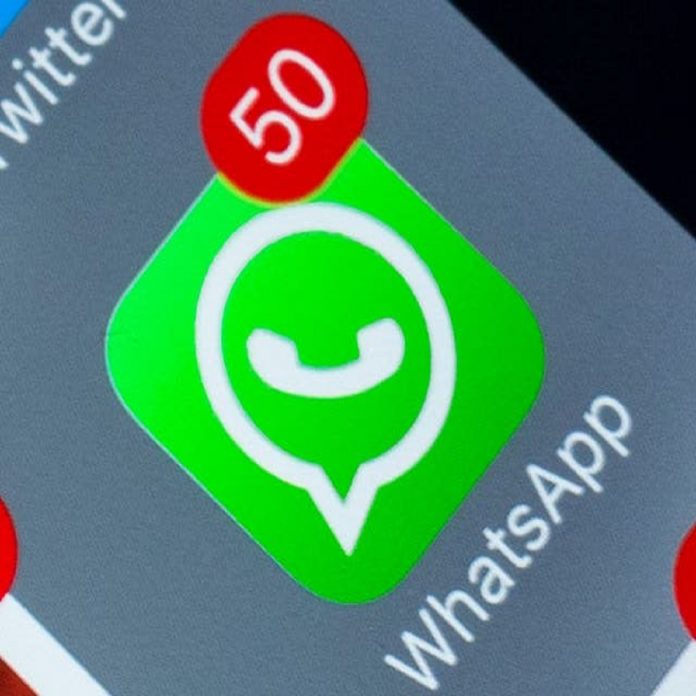WhatsApp has rolled out a new feature, which is the voice message review feature. The update essentially lets you listen to your voice message and see if the audio is okay to share on the instant messaging app. Let’s know everything about it…
WhatsApp on Tuesday announced the rollout of the ability to let you preview your voice messages before sending them to your contacts. The update essentially lets you listen to your voice message and see if the audio is okay to share on the instant messaging app. If it isn’t, you can discard your voice message and re-record it for sharing. The voice message preview feature on WhatsApp works with both individual and group chats. Also, it has been released for all platforms including Android and iOS as well as web and desktop.
How will voice message preview work?
To use the voice message preview feature on your mobile device, you need to touch the microphone button in WhatsApp chat and slide it up to lock hands-free recording. This will bring up an interface where you will see a stop button and a trash can. You can tap the stop button and then hit the play button to listen to your voice message before sharing it with the recipient. WhatsApp also lets you jump to a specific part of the audio by tapping on the seek bar.
Can delete like this
If you don’t find the message suitable for sending, you can delete it by tapping on the trash can. You can send it alternatively by pressing the send button.
Preview feature will be very helpful
If you prefer to send voice messages on WhatsApp on their text version then adding the preview feature will be very helpful. It allows you to draft your voice messages before sending them to your contacts. However, you can still accidentally send random voice messages if you’re just touching the microphone button on the app and not sliding it to lock the recording function.
In May, it was first spotted on WhatsApp. As reported by WhatsApp beta tracker WABetaInfo, it was initially seen with Review and Cancel buttons. However, the meta-owned company has preferred to use the traditional Play and Trash buttons over any text context.



